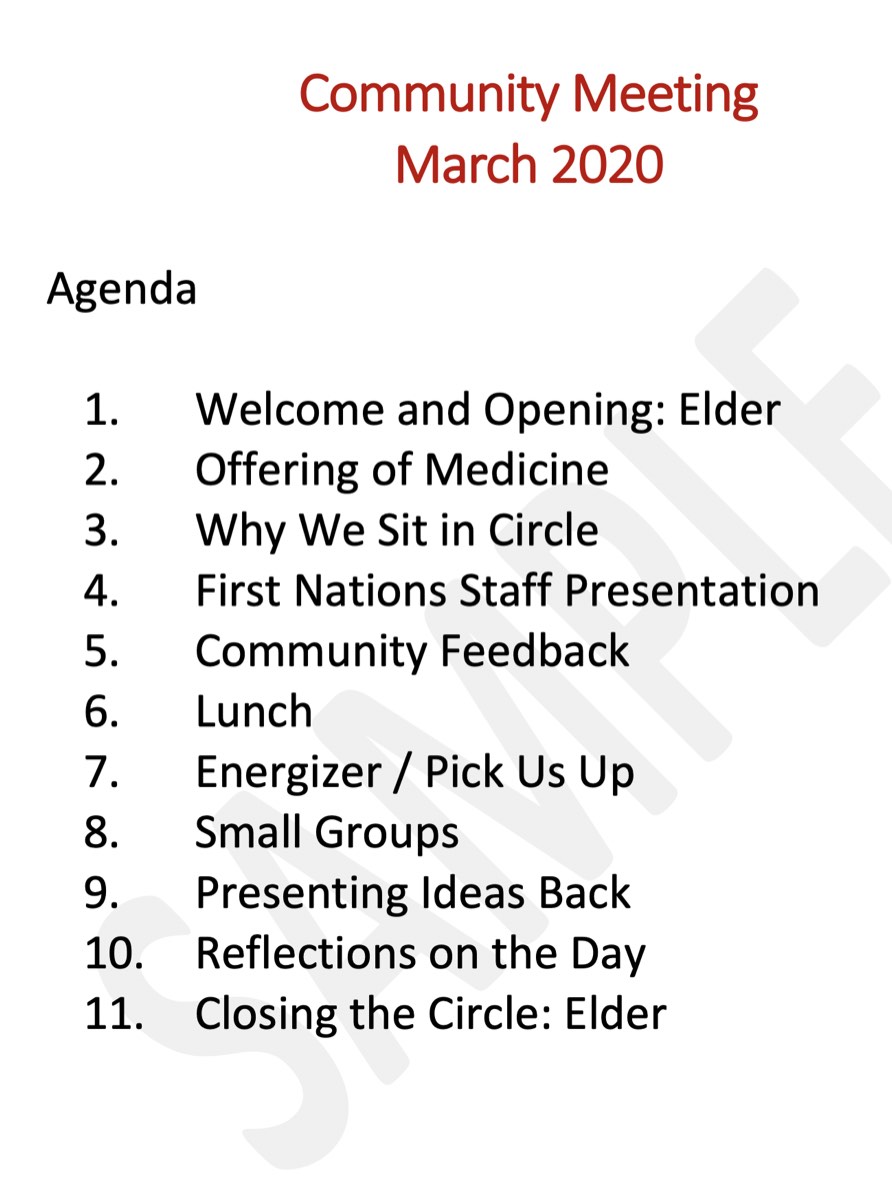Organizing Community Gatherings
Discussing issues can take many forms. Gatherings go by many names—round tables, symposia, workshops, seminars or forums. Whatever they are called, these sessions give people the opportunity to learn from each other, to focus on something, to get things done, to discuss issues, to move people to action, and to share information. Discussion can provide opportunities and advantages that can be achieved in no other way.
Case Study: School Outcomes
Suppose the issue you want to tackle is unsatisfactory school outcomes. As an individual, you don’t have all the answers. Your school doesn’t have all the answers. But by involving all community key players (students, parents, teachers, law enforcement, social services, youth who have dropped out), you can share points of view, brainstorm solutions and develop a realistic action plan.
There are a number of actions a community can take to mobilize all stakeholders—people who have a direct or indirect influence on the issue—to work toward improvement.
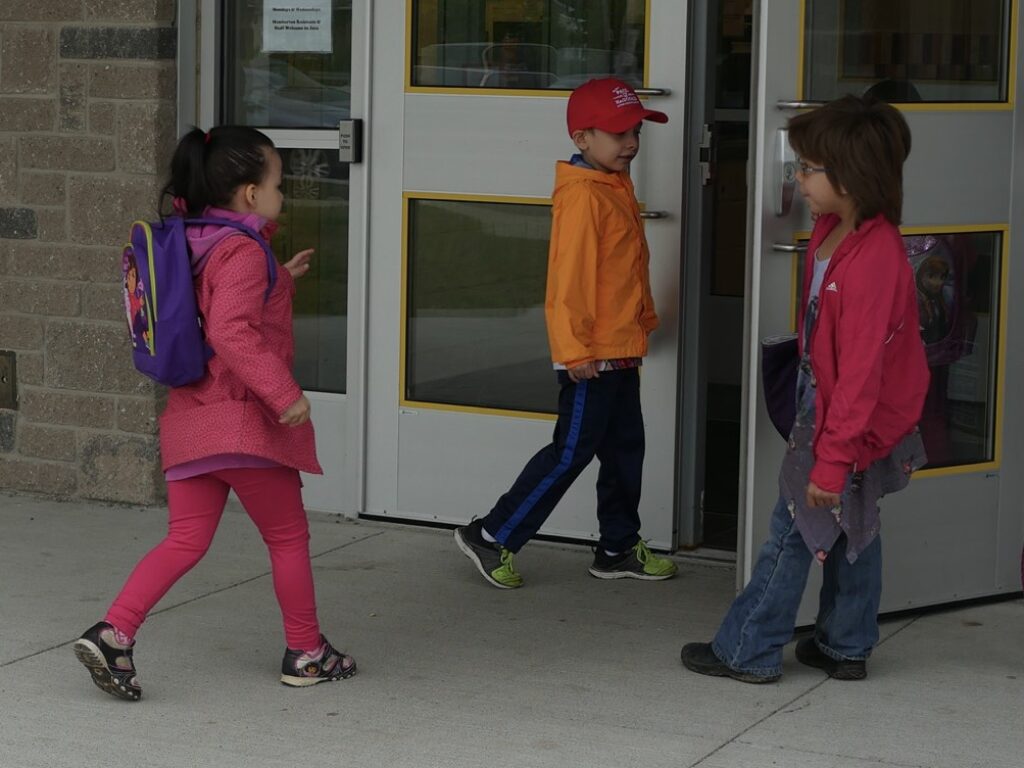
Some tips:
- Encourage articles in local, provincial and national newsletters, blogs, Internet forums, chat rooms and in electronic media.
- Make resources (websites, handouts and display material) available at meetings and conferences.
- Speak about the issues as often as possible.
- Help find community-based mentors and tutors for youth.
- Organize local round table discussions with educators, parents, youth and community stakeholders.
- Invite young people who have successfully pursued post-secondary education and training to address community groups including youth.
- Create more opportunities for people to discuss the issues.
- Remember that engaging the community to support students and improve school success is not about laying blame or pointing fingers. It IS about exploring ways that everyone can contribute to solutions.
- Keep a positive, open attitude.
- Believe in partnership possibilities among all the stakeholders in your community.
- Believe that everyone has a worthwhile contribution to make.
- Make Cultural Competency (Plain Talk 9) training compulsory to all stakeholders working for and with Indigenous youth, families and communities.
Although this example is focused on improving school success, the suggestions above apply to any issue a community decides to address.

Organizing Discussions
Determine the topic. Suppose, again, the focus is on improving student success. Think carefully about the issues you wish to explore and make sure that your goals are realistic. Keep focused on solutions rather than complaint sessions. Avoid topics that lend themselves to teacher-bashing or school-bashing. That’s a big drag and it won’t work.
Here are a few ideas.
How can we keep students focused on their studies?
Why do youth drop out or are pushed out?
How can we make a positive difference?
How can we open the doors of the school to our community?
Can we be more welcoming? How can we make school a healthier and safer place?
What do youth need to find a place in our community? Where are the opportunities? How can we bring various groups or factions together?
How can we eliminate racism?
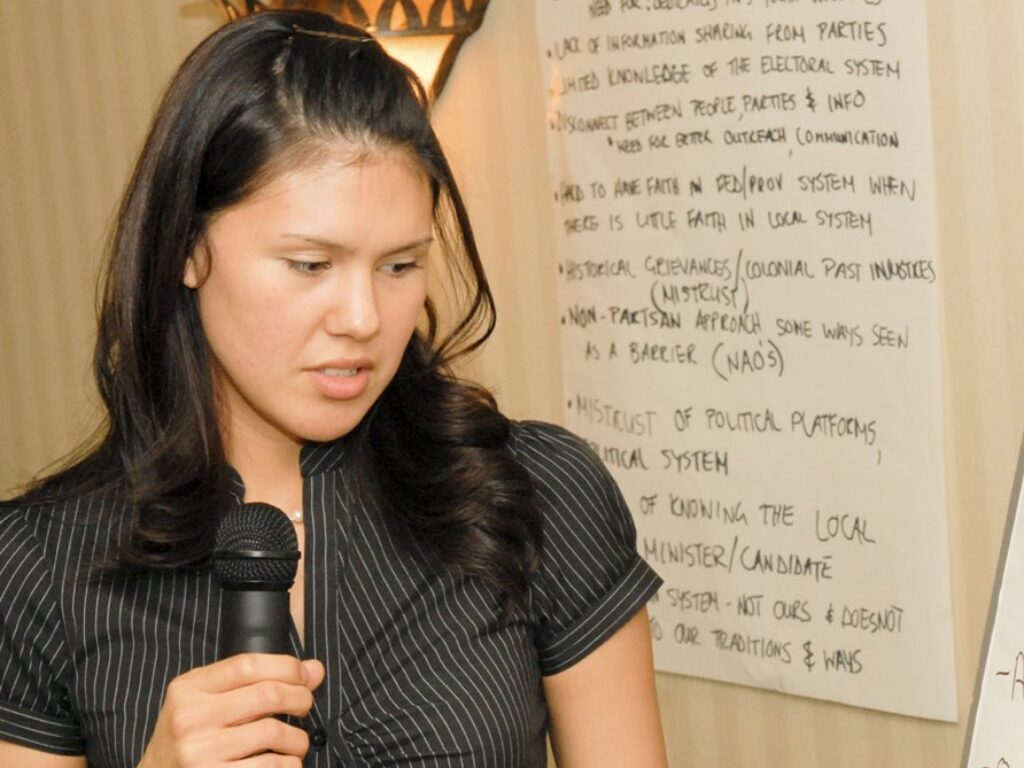
Decide on Who
To some extent the issue you choose will determine who you invite. Balance your participant list to include people who represent different groups and viewpoints. Make an effort to identify participants who will contribute to, as well as benefit from the experience. There are several demographics of participants who could be invited.
- Students from within the school, but who represent different groups, cliques, backgrounds or academic streams.
- Youth not in school but who still live in the community.
- Students from another school in your area.
- Adults in the school and the community.
- Look for participants from social services, Employment Centres, Band Council, Health Services, local service clubs or churches. People from these settings can offer valuable expertise and be valuable resources and connections long after the event.
- Elders to provide guidance and support. (See Book 8, Cultural Competencies)
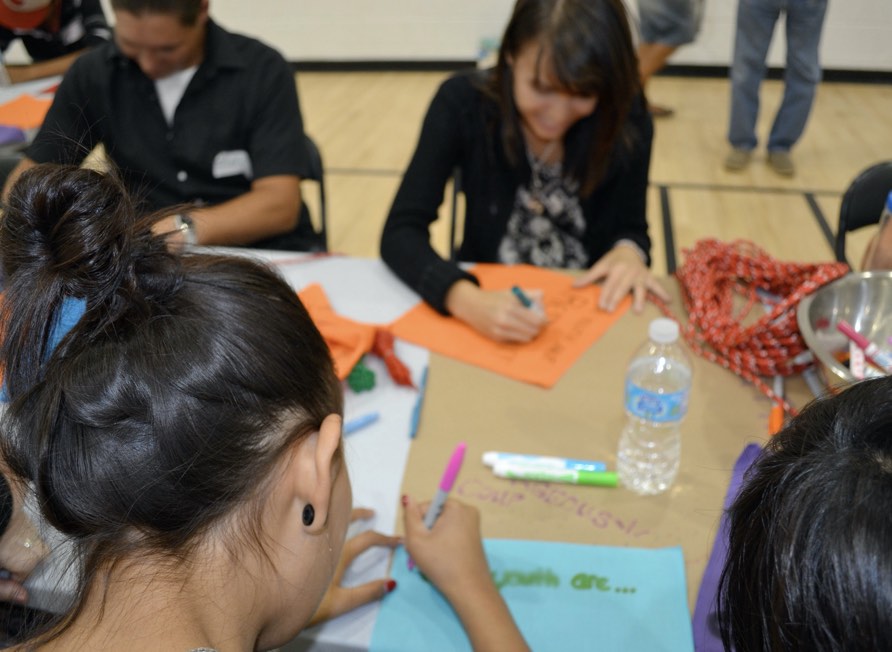
Invitations
Being invited to a gathering may be the first time that an individual has been chosen for something. A personal, written invitation or a personal email reinforces the idea that the gathering is special and that the participant has been selected because he or she can contribute.
Follow up on all invitations. Whether invitations are emailed, mailed or hand-delivered, follow up. Who accepts? Who declines? Who is waffling? Seek acceptance of the invitation. Support, badger, wheedle or cajole each participant into showing up. They won’t regret it. Make the effort.
The Program/Agenda
Spend some time thinking about the program—how you’re going to explore the issues. Remember that your goal is to create an environment where people can learn, share, communicate, and exchange information in a comfortable and non-threatening environment. You should get to the point where you can imagine how a participant will go through the conference from the beginning of the meeting to the closing prayer.
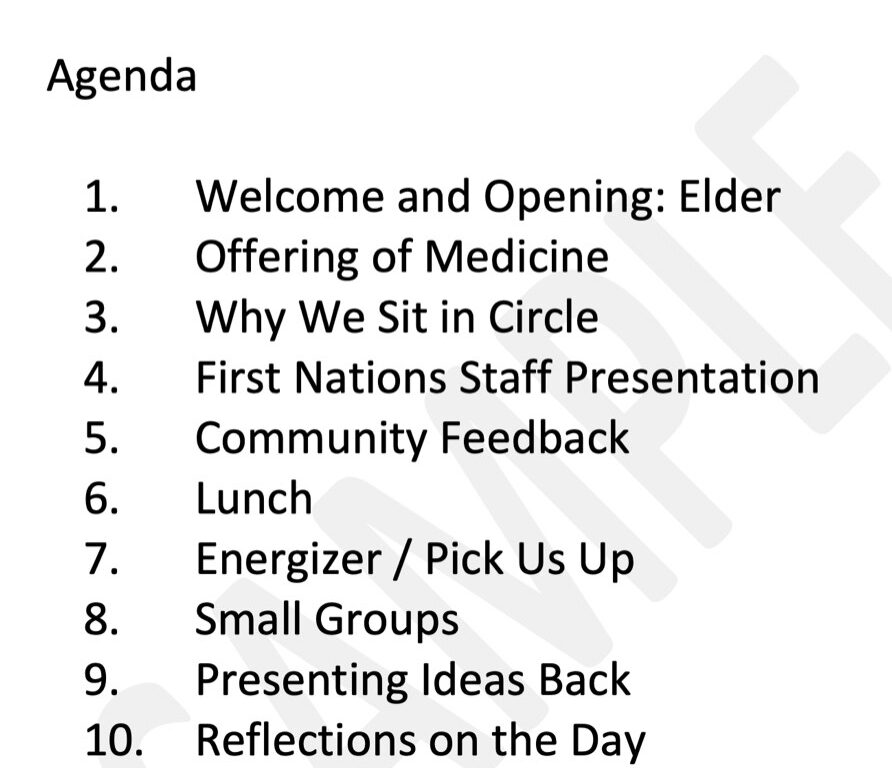
Ways to Encourage Discussion
- Arrange seating in a circle or at a round table to allow for face-to-face discussion.
- Ensure that everyone has an opportunity to speak.
- Create a climate of trust and openness.
- Help people get to know each other.
- Recognize that everyone has something of value to contribute.
- Keep the discussion focused on the task.
- Be a good listener.
- Don’t let any individual monopolize.
- Don’t allow put-downs, ridicule or teasing.
- Deal gracefully with disagreement. Find the common ground.
Promotion
It’s important to let people know about your gathering. Good publicity makes participants feel that they have contributed to something significant, promotes awareness within the school and the community and builds support. You want good coverage for your event.
Consider how to communicate the results of the meeting. For example, issue a prepared press release. Check your facts. Invite representatives of local media. Be aware that some media people are notorious about getting things wrong or are just looking for a controversial angle that they think will make a juicier story. Plan your Public Relations strategy.
Depending on the topic of discussion, it is a good idea to consider having the appropriate supports available for all participants (i.e., Elders, professional/mental health Support Workers).
Whether it is sending out an email thanking participants for attending, or a final summary document that resulted from the event, it is good practice to send out a follow-up correspondence post-gathering.




